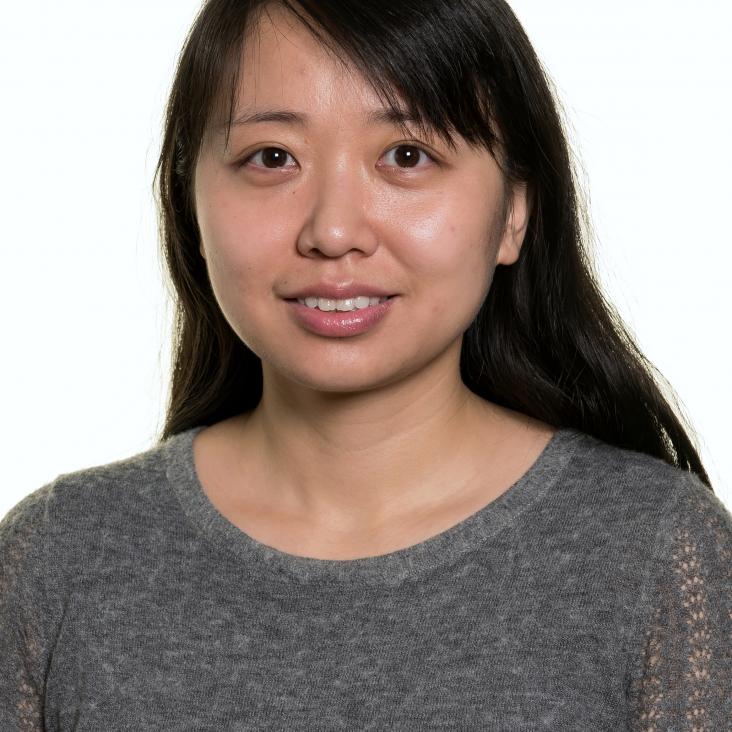Investigation of light–matter interaction in single vertical nanowires in ordered nanowire arrays
Nanoscale Royal Society of Chemistry (RSC) 14:9 (2022) 3527-3536
The application of one-dimensional nanostructures in terahertz frequency devices
Applied Physics Reviews AIP Publishing 8:4 (2021) 041314
Selective area epitaxy of III-V nanostructure arrays and networks: Growth, applications, and future directions
APPLIED PHYSICS REVIEWS 8:2 (2021) ARTN 021302
Nanowires: a New Horizon for Polarization-resolved Terahertz Time-domain Spectroscopy
Optica Publishing Group (2021) sth2f.1
Three-dimensional cross-nanowire networks recover full terahertz state
Science American Association for the Advancement of Science 368:6490 (2020) 510-513


